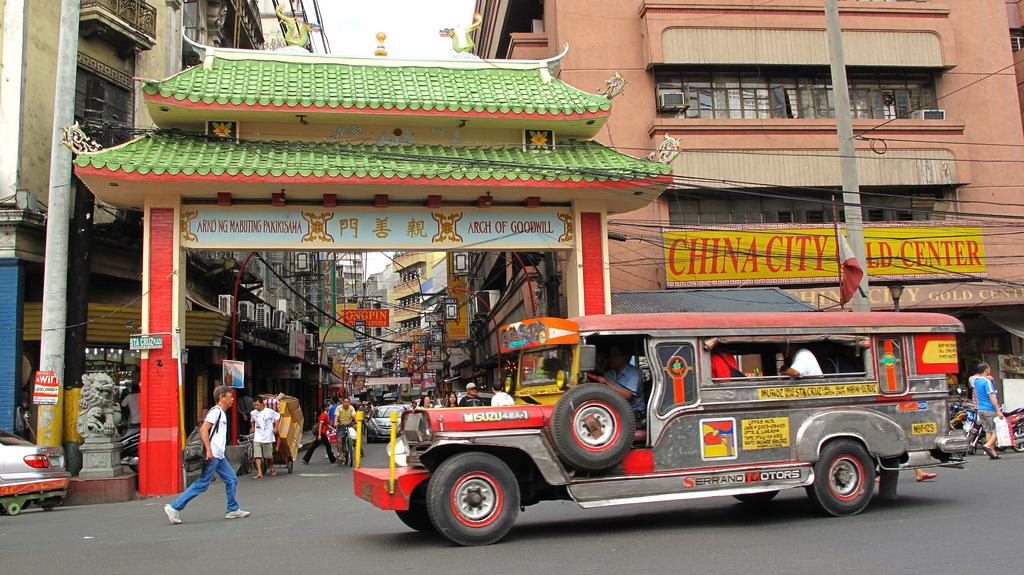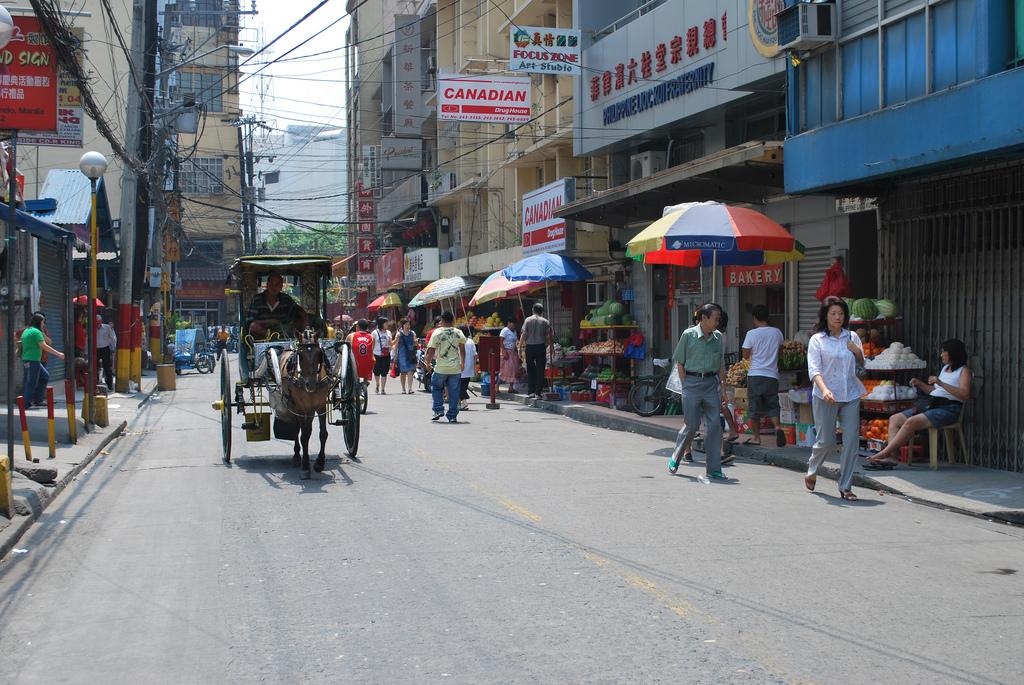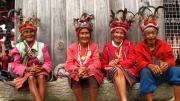
Chinese Filipinos have always been one of the largest ethnic groups in the country, with Chinese immigrants comprising the largest group of immigrant settlers in the Philippines. They have played significant roles in contributing to Filipino life, culture, cuisine, history and art.

Until today, the Chinese way of life is still seen in the streets of Binondo or the famous Chinatown. It has been the center of Chinese life and culture in the Philippines since pre-colonial times. Formerly known as Binundok or Isla de Binondo, the area marks the earliest trade relations of pre-Hispanic Filipino natives dwelling along the Pasig River and Chinese traders who sailed along the South China Sea.
A Rich History
Prior to Spanish colonization, trade relations already existed between mainland China and Philippines, particularly in the coastal areas of five centers of trade – Manila, Ilocos Region, Butuan, Maguindanao and Sulu. This overseas trade goes back to the Sung Dynasty and lasted until the Ming Dynasty when, according to Chinese annals, representatives from Luzon and Sulu brought tribute--often pearls and other native Philippine products--to the Emperor of China.
The arrival of the Spaniards in the Philippines attracted numerous Chinese to migrate. These traders viewed the colonial cities in Southeast Asia as economic opportunities waiting to be exploited. Following the wind pattern (monsoon wind), approximately 200 to 300 Chinese traders set out for Manila from November to March, and sailed back to China from May to June.
Aside from serving as middlemen of business enterprises, the Chinese were also a source of cheap labor which was why their presence in the Philippines was not only tolerated but encouraged by the Spanish colonial government. However, they were segregated and made to live in an enclosed Chinese community called parian, which limited their economic activities. For centuries, the Binondo area served as the trading post between Asia and the New World, supporting the bulk of the galleon trade.
On March 28, 1594, Governor General Luis Perez Dasmariñas bought the Binondo area and gave the lands to the Chinese to serve as their settlement. Binondo then encompassed 13 barrios – Rosario (its capital), San Jacinto, San Jose, San Vicente, San Gabriel de Jolo, Anloague, Longos, Baybay (now, San Nicoloas), La Playa, San Nicolas, Estacada, Santa Rosa, Santo Niño, and Punta. Certain streets became known for the types of establishments found there. The 393-meter long Calle Escolta, made of imported stones from Hong Kong, was the place where one could find newly arrived European and American products. Calle Rosario and Calle San Fernando, on the other hand, served as the marketplace for Chinese products. Chinese artisans resided along Calle Anloague, while stores and panciteries were centralized in Calle Nueva. Calle Santo Cristo housed apothecaries, opium headquarters and gambling houses. The famous Teatro de Binondo was located at Calle San Jacinto. Calle Jaboneros was named as such because it was then the center of the soap-making industry, and Calle Fundidor was the perfect place to find statues and statuettes, and metalworks.

Calesa in Chinatown
Chinatown at Present
Established in 1594 by the Spanish government in the Philippines, Chinatown in Manila is recognized as the oldest Chinese community in the world. Its bazaars, restaurants, quaint shops, streets and alleways convey the atmosphere of “little China." At the same time it incorporates Filipino traditions after centuries of acculturation. Going to Chinatown means more than having a taste of Chinese cuisine or a shopping experience in Divisoria – it's a tour into the Tsinoy's past.
Promenade at Chinatown
Manila Chinatown is formed by a series of small roads, so the best way to get around is either by walking, taking a sidecar, or a kalesa.
Manila is the major city in the Philippines. Tourists can go around Manila in many options. Buses, FXs, jeepneys, taxis, tricycles, and pedicabs are available as a mode of transportation in the city. The city is also serviced by the Manila Light Rail Transit System, popularly known as LRT, as distinct from the MRT in other parts of Metro Manila.










